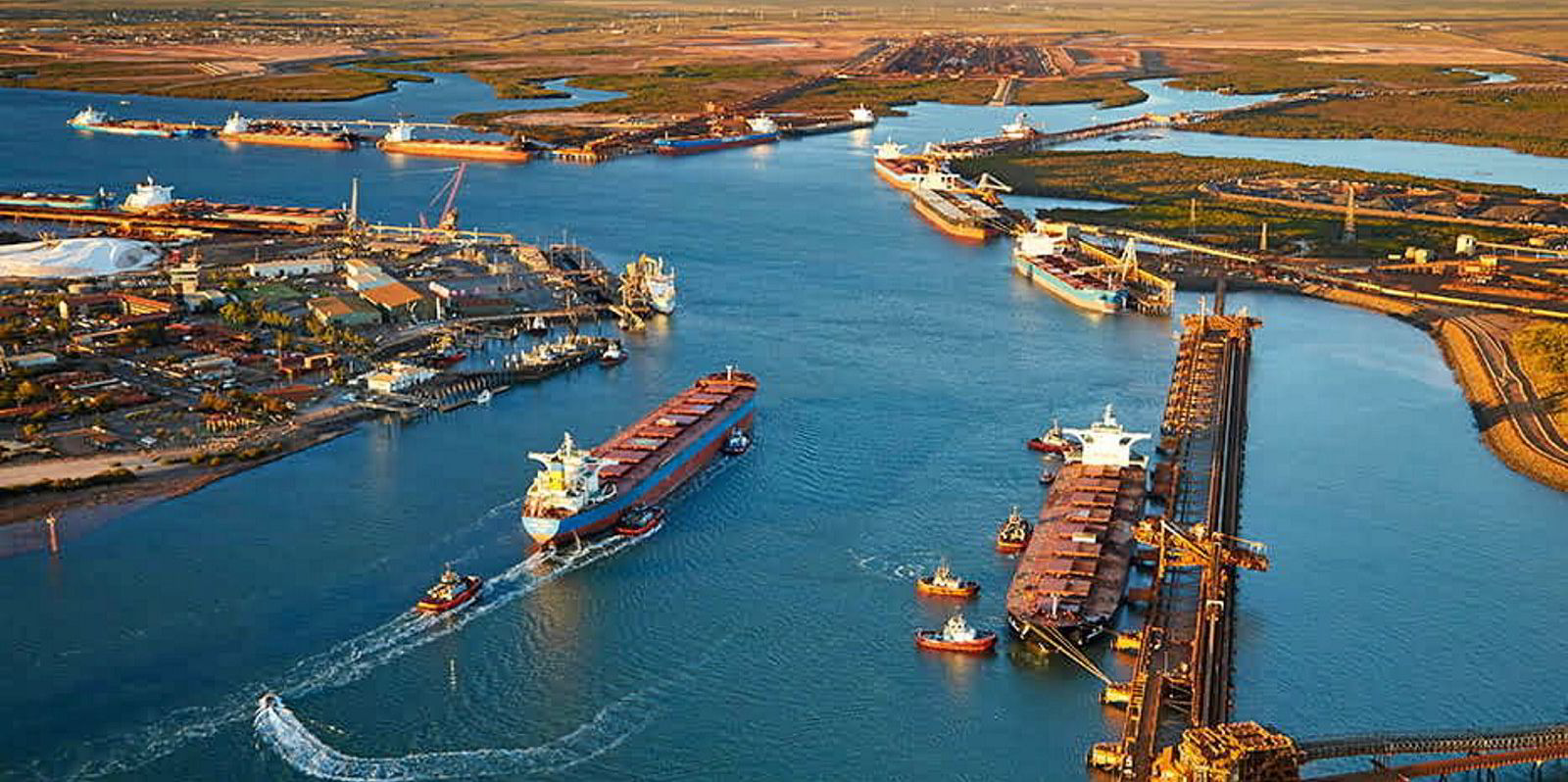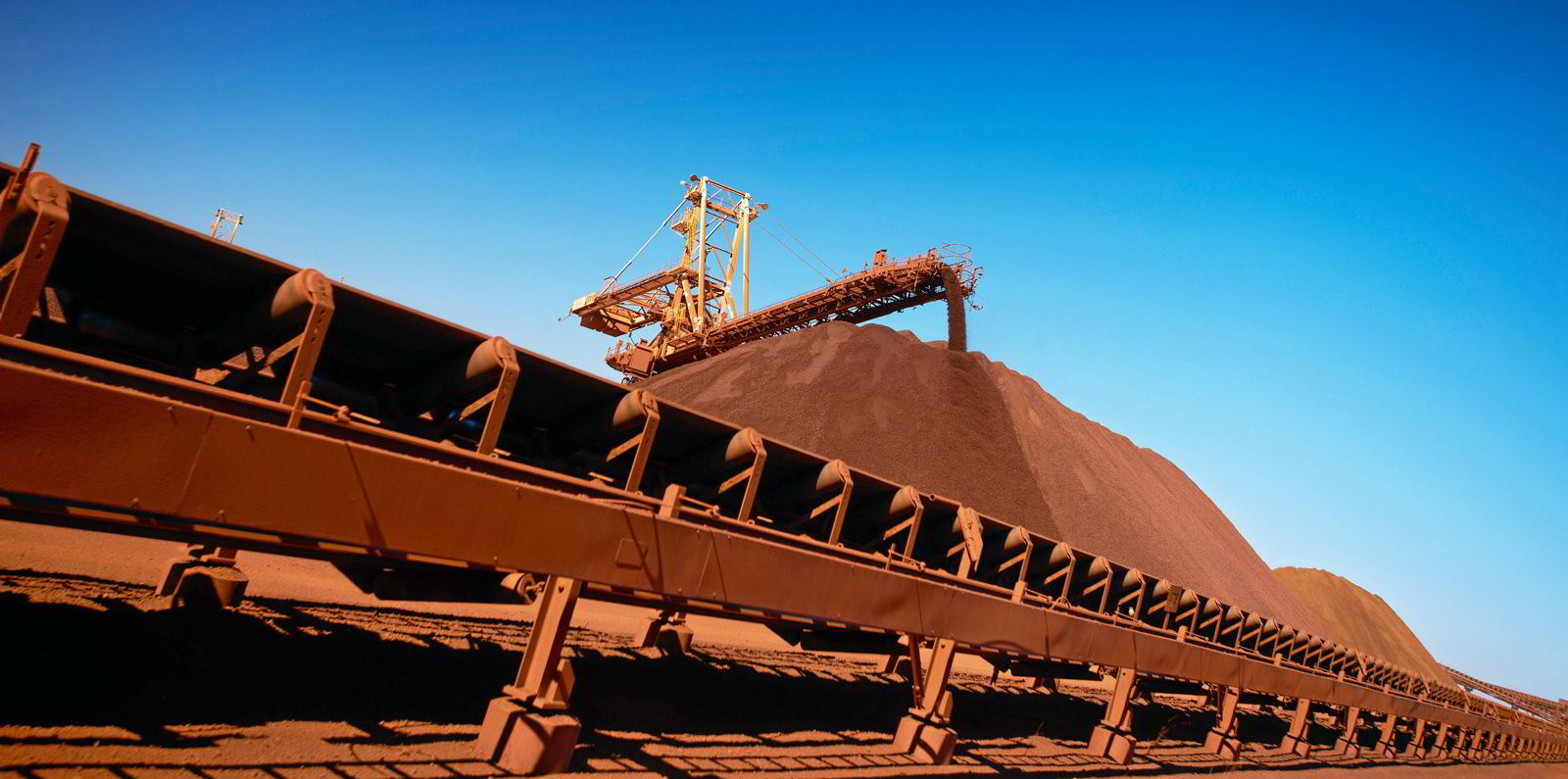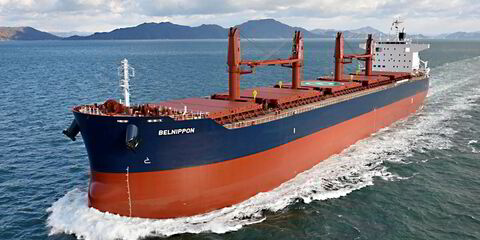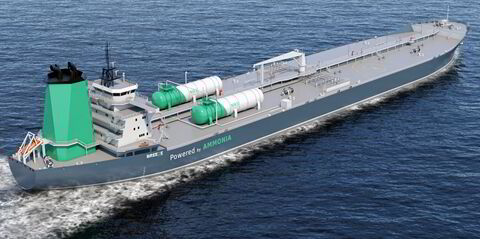Iron ore shipments out of Australia face a major disruption with the largest cyclone in a decade said to be bearing down on the country’s western coast.
Tropical Cyclone Ilsa, which is expected to intensify in the coming days, is predicted to make landfall north of the iron ore export harbour of Port Hedland early on Friday, according to Australia’s Bureau of Meteorology.
The cyclone is set to be the strongest to make landfall in Western Australia since December 2013, it said.
Vessels will start being cleared from the Port Hedland inner harbour from 2am local time Wednesday, according to a notice from Pilbara Ports Authority.
“The system is expected to intensify and reach tropical cyclone strength on Tuesday, with a possibility of reaching category 4 before making a coastal crossing between Port Hedland and Broome on Thursday or Friday,” the port authority said.
“We will start clearing vessels from the Port of Port Hedland inner harbour from 2:00am Wednesday, on high tide. All port anchorages within the Port of Port Hedland boundary have been cleared,” it added.
Ilsa will be the sixth tropical cyclone and the strongest to cross the coast this season, which runs from 1 November to 30 April, according to the bureau.
The only other cyclone to make landfall was Ellie in late December, which led to severe flooding through northern parts of Western Australia.
Fortescue is preparing for the cyclone and has suspended all non-essential travel to its Pilbara operations until the weather risk has cleared, a spokesperson told Bloomberg.
Clarksons Securities analyst Frode Morkedal has attributed the decline in average capesize spot rates since Thursday primarily to the approaching cyclone.
“After experiencing an upward trend last week, capesize rates decreased by 6.4% today, settling at $15,800 per day,” he said on Tuesday.
“The Pacific remains the weaker basin, with the transpacific round voyage experiencing a 15% decline to $12,800 per day. In comparison, the China-Brazil round trip has dropped 7%, currently at $16,700 per day.”
Morkedal said the situation in Australia was “reminiscent of February 2013”, when Cyclone Rusty forced the closure of the port for 86 hours, leading to the evacuation of 26 ships.
Port Hedland, which is the world’s largest iron ore export facility, shipped a total of 38.8m tonnes in February 2023. This was a 2% decrease compared to 12 months earlier.
Tropical cyclones have been known to have a significant impact on Australia’s iron ore shipments.
In March 2019, for example, Pilbara iron ore exports were down 13% for the month due to tropical cyclone Veronica.





